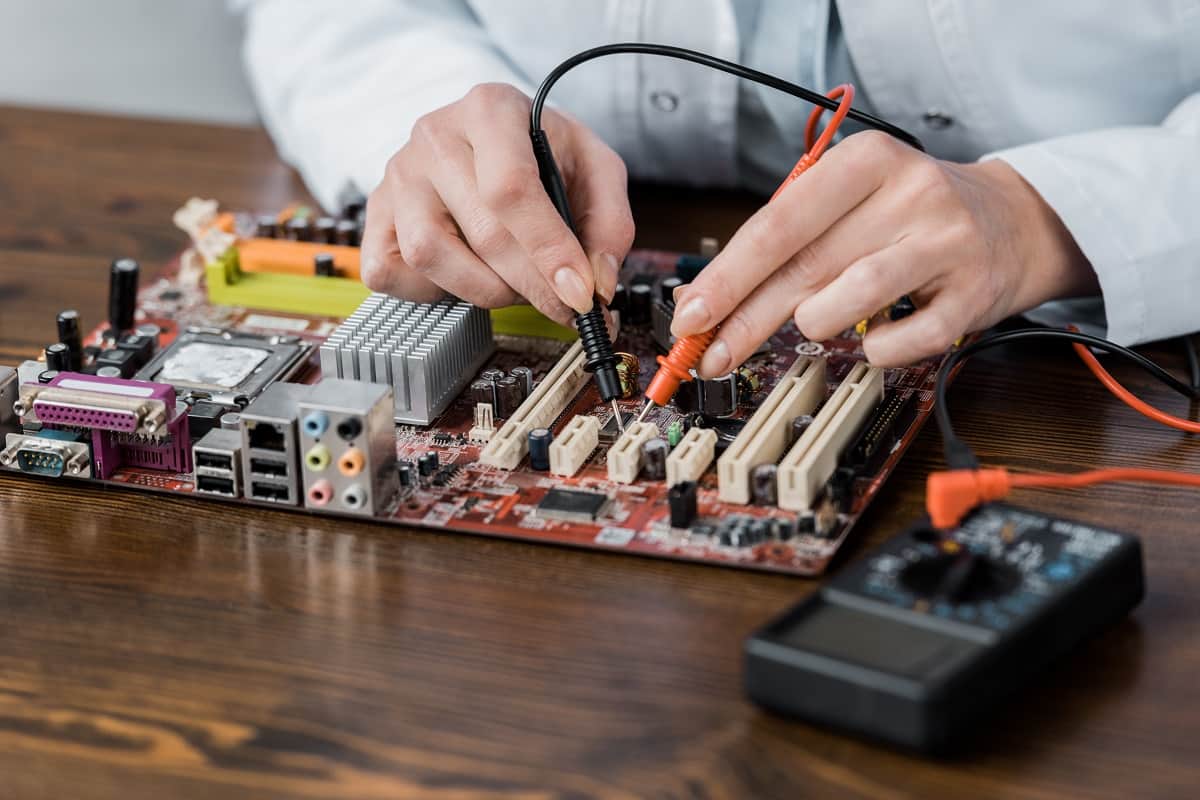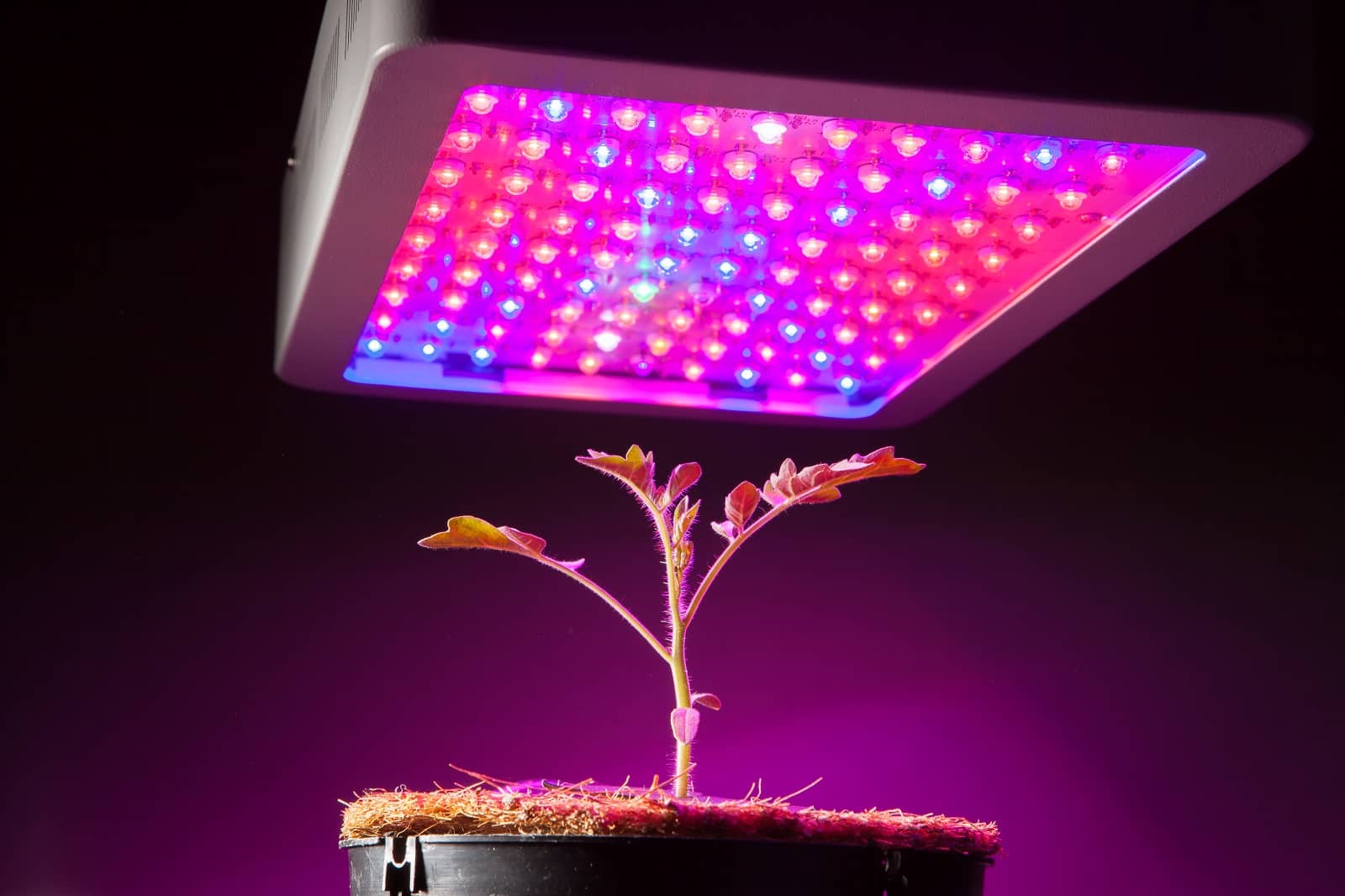There is hardly a person that enjoys ironing. Fortunately, technical progress makes this process easier every year, increasing iron efficiency and opening up its more advanced features. But how to choose an iron for you among such a variety? We shall talk about all the explicit and implicit features and functions of various types of irons.
How to choose an iron: the main parameters
Power
This parameter differs significantly among different iron models – from about 1200 to 2200 W. Power affects the fabric smoothing efficiency. For household use of ironing everyday clothes, bedding, tablecloths and the like, 1200-1600 W should be fine.
If you iron quite often and are not a fan of this process, we recommend buying an iron with a higher power, about 1800-1900 W. It heats up faster and can better cope with strong denting. Irons with a power of 2000 W and higher can be called professional ones. They are much more expensive, but their effect does not take long to see. If you iron non-standard fabrics (uniforms, different types of fabric in a tailoring shop) or you have them at home (thick curtains, bathrobes), then a powerful iron may be useful for you as well.
Plate (working platform)
The plate material determines several parameters: the iron’s price, heating and cooling speed, weight, and ironing quality. Let’s talk about the pros and cons of certain plates.
Aluminum
One of its advantages is the price. Irons with an aluminum plate are the cheapest. This is so common type of plate that all manufacturers have irons with such a plate, including the most famous ones. The advantages of aluminum also include its low weight. Such irons are lighter than others and easily slide on the fabric surface. Aluminum heats up quickly and cools down at the same speed.
Such a plate can be cleaned with any detergent and warm water, without resorting to any special methods. But we should note that this metal does not “get along well” with certain fabrics, that can stick to the surface and burn. Another disadvantage of aluminum is that it’s quite fragile. It can be destroyed by just a metal button, snake or rivet. And you can say goodbye to easy gliding and pieces of fabric will get clogged in the place of damage and burn there. In some cases, even a pencil for cleaning irons will not help.
Stainless steel
Unlike the above-mentioned metal, steel is more durable and scratch-resistant, but it takes a little longer to heat up and cool down. This is the most popular plate type among consumers. But it is also the hardest one and this fact may literally become a weighty argument when choosing an iron. If you iron every day and for more than a couple of minutes, this option may not be the best for you.
Ceramics and metal ceramics
Modern irons may also have a ceramic plate. A layer of ceramics is usually applied to a metal base. Ceramic coating is very smooth and delicate, it perfectly slides on the fabric. Such a plate keeps the same temperature for a long time and therefore cools down slowly, so you can not put the iron in a cupboard or drawer unit right away – you must wait for a little and this is not convenient if you are in a hurry.
At the same time, the tenderness and fragility of a ceramic plate is its drawback. Like an aluminum plate, ceramics can be easily scratched even by the smallest decorations on clothes. That is why the leading iron manufacturers use metal ceramics, improving it with special technologies and thus increasing the scratch resistance. Such treatment costs more, of course.
Teflon
This coating can be safely called the most resistant to burning but at the same time the most short-lived. It glides a little less easily on the fabric. Teflon is also considered an expensive coating.
Titanium
Prices for such irons are quite high, but they are used mainly for professional purposes. It takes quite long for titanium to cool down.
Main functions
Steaming
Today, even the simplest and cheapest irons have a steam generation system. There are two types of steaming – automatic and manual. Manual mode allows steaming clothes if they are getting too dry or hard to iron.
An automatic steaming mode is used when selecting a special program or high temperatures on the iron. It comes out of the holes on the plate. The more holes on the plate an iron has, the more efficient the ironing. It is better if there are about 100 of them.
It is also very important so that holes are located evenly along with the entire plate, and not just at the edges like in some models. Another important function is vertical steaming.
It allows ironing curtains on the eaves or clothes without taking them off the hangers. The only problem is that even though simple iron s do have this function, its quality leaves much to be desired. Therefore, if you plan to use vertical steaming often, it is better not to skimp and buy an iron with the highest steam impact rate.
Water spraying
By pressing a special button, you can activate the water sprayer located on the iron “nose”. This function is very useful when even steaming does not help, for example, when ironing jeans, or when clothes are too dry and must be moistened to smooth out very deep wrinkles.
This function is also very useful for people who often iron collars and cuffs, smooth arrows on trousers and the like. Also, check the water tank volume. If it is less than 250-350 ml, then you will get tired of filling up water, because it is used both for steaming and spraying. And for even more convenience, choose irons with a transparent tank to see how much water is left.
Modes
Each iron has a regulator in the form of a rotating circle with an indication of modes. A good iron must have the following options:
- One dot indicating “nylon” or “silk” – the mode for ironing fragile and thin fabrics
- Two dots indicating “wool” – in this mode you can iron wool blend fabrics
- Three dots indicating “cotton” – the mode for ironing cotton, linen, tweed, drape and any other coarse fabrics
- Be sure to read the tags on the clothes to choose the right temperature and not damage the clothing!
Safety
As any fire-hazardous device, irons often have an automatic shutdown function. It means that iron will turn off if it stands idle for 15-30 seconds horizontally and 8-10 minutes vertically, so you don’t have to worry and check if you forgot to turn off an iron before going out! But not all models have this option.
Check if the iron has this function before purchase. The water inside an iron may also cause a fire. It also results in scaling, damaging the heating element. To avoid this, we recommend buying an iron with an anti-scale system. In any case, it is better to fill the iron with filtered water.
We wish you easy and fast ironing!
Jim Powell
Jim is our staff editor and writer. He has a degree in engineering. His hobbies are radio engineering and new technologies about which he has been writing for more than 7 years.




One comment
zoritoler imol
October 22, 2022 at 7:54 PM
Wow, wonderful blog layout! How long have you been blogging for? you make blogging look easy. The overall look of your site is fantastic, let alone the content!